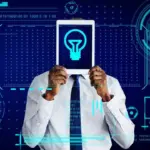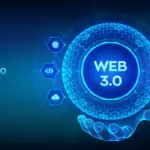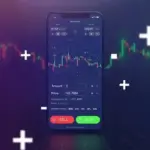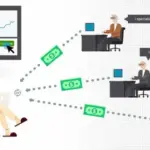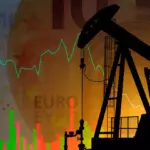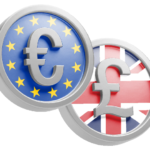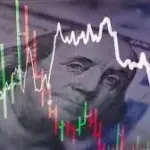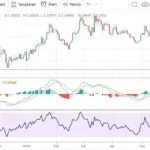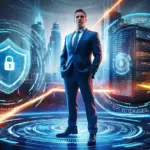When non-fungible tokens (NFTs) first gained mainstream attention, they were largely associated with digital art, collectibles, and celebrity-backed projects. Images of pixelated avatars and million-dollar digital paintings dominated the headlines.
But as the hype around digital art cooled, NFTs didn’t disappear — they evolved. In 2025, NFTs are no longer just about art ownership; they’ve become powerful digital tools transforming industries from real estate to healthcare.
Let’s explore how NFTs are reshaping the real world — one blockchain token at a time.
1. What Makes NFTs Unique
At their core, NFTs (non-fungible tokens) are digital certificates of ownership stored on a blockchain. Unlike cryptocurrencies such as Bitcoin or Ethereum — which are identical and interchangeable — each NFT is unique, containing data that proves authenticity, ownership, and provenance.
This ability to verify digital ownership and originality securely has unlocked endless possibilities beyond digital art.
2. Real Estate: Tokenizing Property Ownership
In 2025, real estate tokenization has become one of the fastest-growing NFT applications.
Instead of relying on piles of legal paperwork, property titles can now be issued as NFTs on a blockchain, simplifying sales, ownership transfers, and record-keeping.
Key benefits include:
- Faster transactions without intermediaries.
- Fractional ownership, allowing investors to buy small shares of properties.
- Transparent records of ownership and history, reducing fraud and disputes.
Countries like the UAE and Singapore are already experimenting with blockchain-based land registries, signaling a major shift in how we buy and sell property.
3. NFTs in the Music and Entertainment Industry
Musicians, filmmakers, and creators are using NFTs to reclaim control over their work.
In 2025, fans can purchase NFT concert tickets, exclusive album releases, or even revenue-sharing tokens directly from artists — cutting out middlemen.
NFTs allow:
- Artists to earn royalties automatically through smart contracts.
- Fans to own limited-edition digital experiences tied to real-world rewards.
- Record labels to track distribution transparently.
This has helped reshape the music economy into one that’s more creator-driven and transparent.
4. Education and Professional Credentials
Fake diplomas and certificates have long been a global problem.
NFTs now provide a secure way to verify academic qualifications and professional credentials.
Universities and organizations can issue degrees or certifications as NFTs, making them:
- Tamper-proof — impossible to forge.
- Easily verifiable by employers or institutions.
- Permanently stored on blockchain for future reference.
By 2025, many institutions, including leading tech companies and universities, are integrating NFT-based credential systems into their verification processes.
5. Supply Chain and Product Authentication
In an era of counterfeit goods, NFTs are being used to ensure authenticity and traceability.
Luxury brands, car manufacturers, and even food producers are using NFT tags linked to real-world products.
Consumers can scan an item’s NFT to see:
- Where it was made.
- Who owned it previously.
- Whether it’s authentic or fake.
This level of transparency builds consumer trust and helps companies combat fraud and grey markets.
6. Healthcare and Identity Management
NFTs are also finding a place in healthcare and digital identity systems.
In 2025, patients can store their medical records or identity documents as encrypted NFTs — giving them full control over who accesses their information.
This ensures:
- Data privacy and security.
- Interoperability between hospitals and clinics.
- Faster emergency response, with verified access to health data.
While still in early stages, NFT-based identity management could redefine how we own and share personal information in a digital world.
7. Gaming and the Metaverse
While NFTs began with digital collectibles, their most immersive evolution lies in gaming and the metaverse.
Players now own in-game assets — such as skins, weapons, or virtual land — as NFTs, allowing them to trade or sell across different platforms.
This has turned virtual gaming economies into real financial ecosystems, blurring the line between play and profit.
8. Challenges and the Road Ahead
Despite the excitement, NFTs still face hurdles:
- Environmental concerns over blockchain energy use (though Proof-of-Stake networks have reduced this).
- Regulatory uncertainty across different countries.
- Scams and volatility, which continue to plague inexperienced users.
However, as regulations mature and public understanding improves, NFTs are shifting from speculation to practical innovation.
Conclusion
In 2025, NFTs have evolved far beyond the world of digital art. They now serve as tools of trust, ownership, and transparency across multiple industries — from real estate to healthcare.
The future of NFTs isn’t about flashy collectibles or overpriced jpegs. It’s about digital proof of ownership in every corner of our lives.
And as the real world continues to merge with the digital one, NFTs may become the new standard of value,identity,authenticity in global economy.

